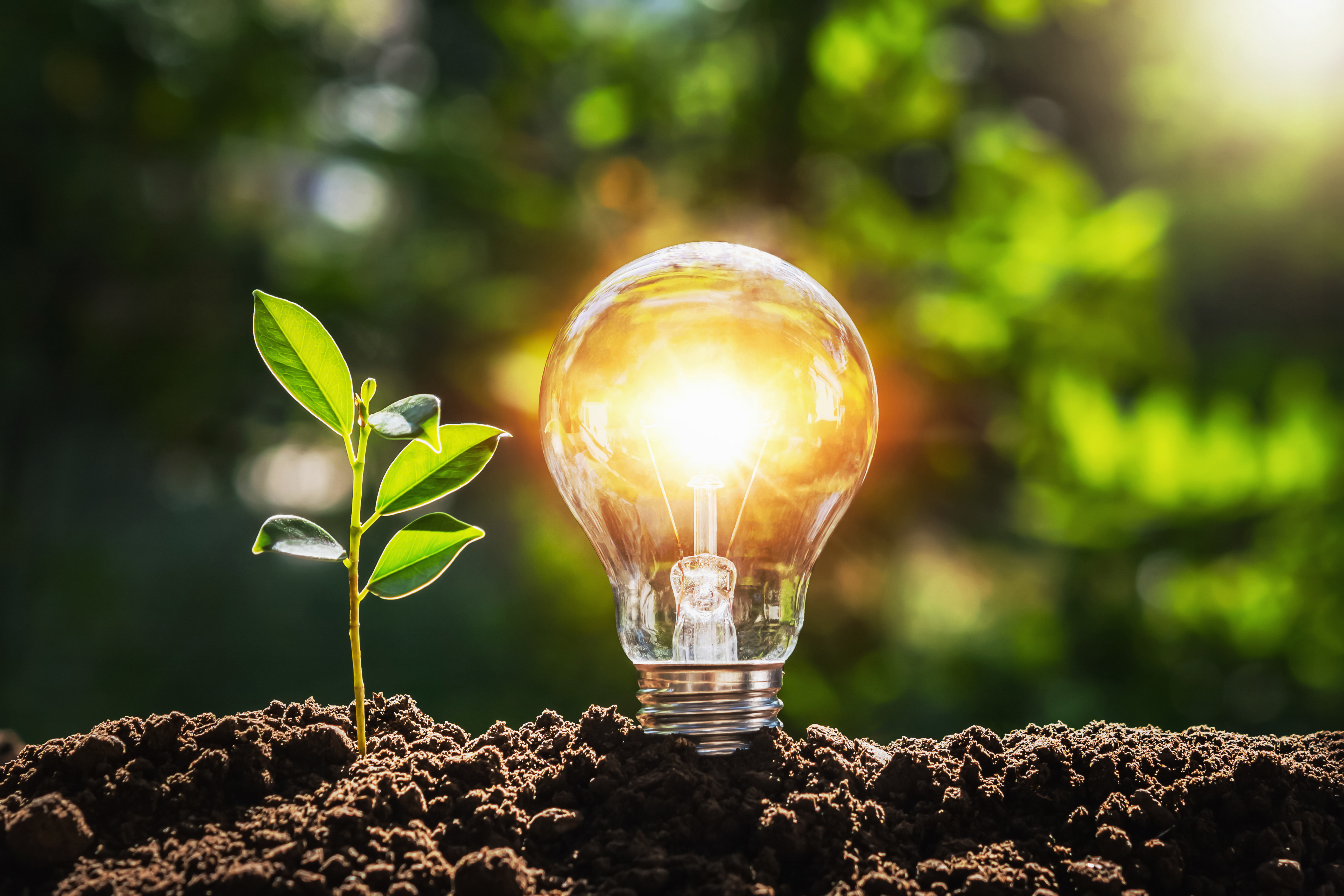This computer ran for 6 months powered by nothing but algae
[ad_1]
A group of scientists powered a computer system for additional than 6 months working with photosynthesis. The process made use of a modest container of blue-environmentally friendly algae to crank out ability. It was positioned on a windowsill for 6 months in the course of the covid-19 lockdown in 2021. Throughout that time, it furnished steady photosynthetic power to a computer system working an Arm microprocessor.
Researchers driven a laptop or computer making use of photosynthetic electricity

The exploration was led by Christopher Howe at the College of Cambridge. Howe, along with his colleagues, developed a modest container approximately the sizing of an AA battery. They built the battery out of aluminum and clear plastic. Soon after generating it, they placed a colony of cyanobacteria named Synechocystis sp. PCC 6803 into the battery.
A lot more typically known as “blue-environmentally friendly algae”, the cyanobacteria deliver oxygen when it is exposed to daylight employing photosynthesis. The scientists utilized this system to harness photosynthetic ability. That electric power then presented a ongoing recent throughout its anode and cathode, offering the vitality to an Arm processor.
The technique overall appears really fundamental, but it is evidence that batteries making use of photosynthetic energy could be employed in electronics. To test the over-all potential of the battery, the scientists programmed the laptop to run for 45-moment cycles. Through those people cycles, the pc calculated sums of consecutive integers to simulate its workload.
The personal computer needed around .3 microwatts of power all through those people cycles. It would then sit in standby for 15 minutes, working with about .24 microwatts of electricity. Incredibly, the photosynthetic ability ran for the total six months without any interruption. On top of that, it continued to operate for an additional 6 months just after the experiment finished.
Utilizing photosynthesis to develop electrical power

The researchers aren’t precisely sure what the resource of the photosynthetic electricity is. Howe claims it is feasible that the cyanobacteria generate electrons themselves. This then results in the present-day.
It’s also achievable that they basically generate the circumstances that permit the aluminum anode to generate electrons. The corrosion of the aluminum inside of the container will cause a chemical reaction that would allow for it to produce electrons. No make a difference what the lead to of the photosynthetic energy, although, the tech is promising.
Howe believes they could scale it up even additional, far too. This would let photosynthetic energy to present strength for a multitude of devices. Nevertheless, he states that we will need to do further research into the subject to see how considerably we can scale it.
The scientists imagine that we could develop related photosynthetic batteries very cheaply. They also consider that we could see commercial options within the subsequent five years. Beforehand, related exploration has authorized us to harness sunlight for a range of experiments, like turning daylight and water into fuel.
[ad_2]
Resource backlink
